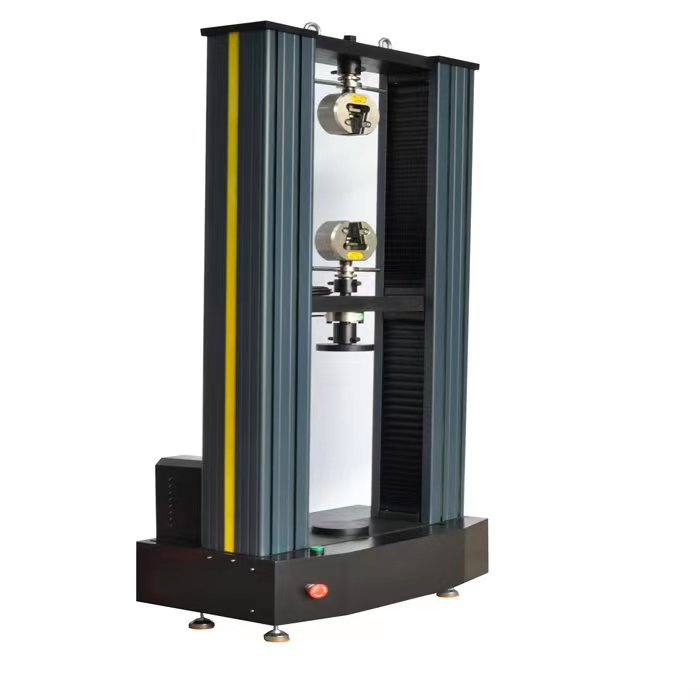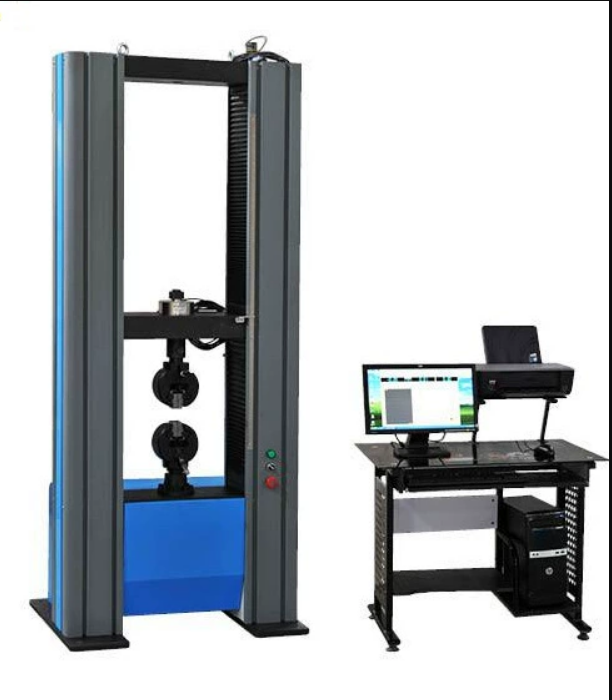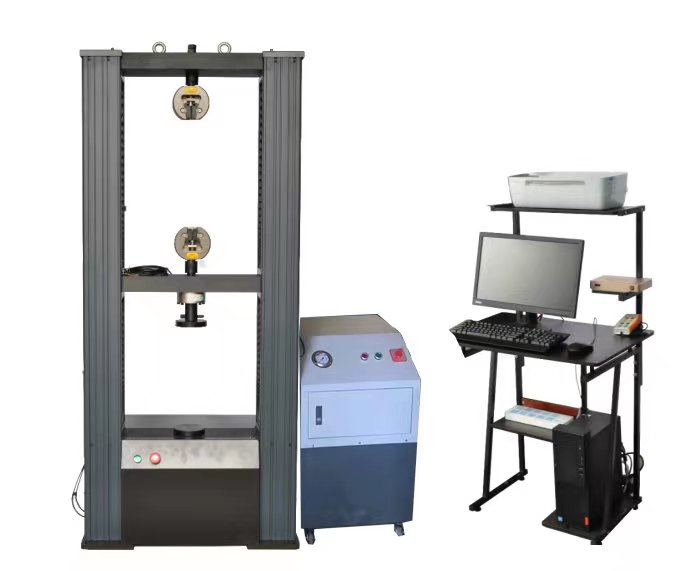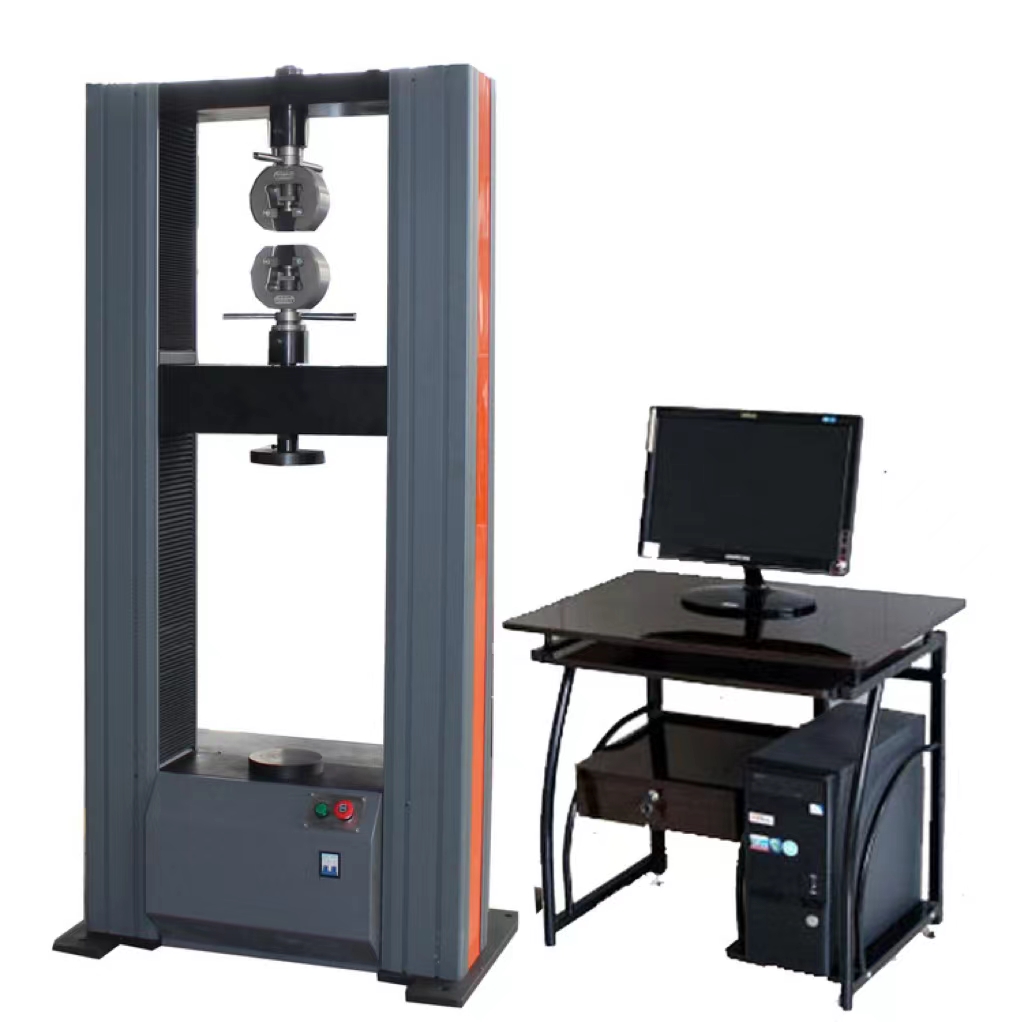Applicable standards:GB 11550-2009 "Car seat headrest strength requirements and test methods" : This
WhatsApp : +86 13816217984
Email : info@qinsun-lab.com

Applicable standards:
GB 11550-2009 "Car seat headrest strength requirements and test methods" : This standard specifies the static strength test requirements and test methods of car seat headrest, which is suitable for the static strength test of car seat headrest.
GB 15083-2006 "Strength requirements and test methods for car seats, seat fixtures and headrests" : This standard provides static strength test methods and requirements for car seats, seat fixtures and headrests, covering seat backs, seat cushions, headrests and other components.
Main parameters:
Load measurement range: The load measurement range of the tester is usually between (40 to 2000)N, depending on the model and configuration of the tester. This parameter determines the maximum and minimum loads that the tester can measure.
Load accuracy: Load accuracy is usually expressed as the percentage error of the measured value, generally around ±1%. This parameter reflects the accuracy and reliability of measuring load of the tester.
Load cylinder stroke: The load cylinder stroke refers to the maximum distance that the tester can move during the loading process, usually around 500mm. This parameter determines the range of loads that the tester can simulate.
Displacement accuracy and resolution: Displacement accuracy is usually expressed as a percentage error or absolute error of the measured value, while displacement resolution refers to the smallest change in displacement that the tester can detect. These parameters affect the accuracy and sensitivity of measuring displacement.
Angular displacement measurement and control accuracy: For test items that need to measure angular displacement, the tester should have sufficient angular displacement measurement and control accuracy, usually around ±0.01°. This parameter reflects the accuracy and stability of the tester when measuring angular displacement.
Sampling frequency: Sampling frequency refers to the rate at which the tester collects data during the test, usually around 1000Hz. The high sampling frequency ensures that the tester can capture more data points, which improves the accuracy and reliability of the test.
Equipment power supply: The tester usually needs a single-phase AC220V, 50Hz power supply, the power depends on the tester model and configuration.
Software functions: The tester is usually equipped with professional test software for controlling the test process, collecting and processing data. The software functions should include manually setting conditions to find the feature points of the curve, obtaining the slope between two points of any curve, scaling and moving the curve, exporting all test sampling points to Excel, etc.




免責事項: 上記のコンテンツは,業界内部者のみの参照およびコミュニケーションのためであり,その正確性または完全性を保証しません.関連法規および本ウェブサイトの規制により,関連品を購入するユニットまたは個人は,有効な資格および資格条件を取得する必要があります.
会社電話
+86-21-6420 0566
営業時間
月曜日から金曜日
携帯電話:
13816217984
メール:
info@qinsun-lab.com
